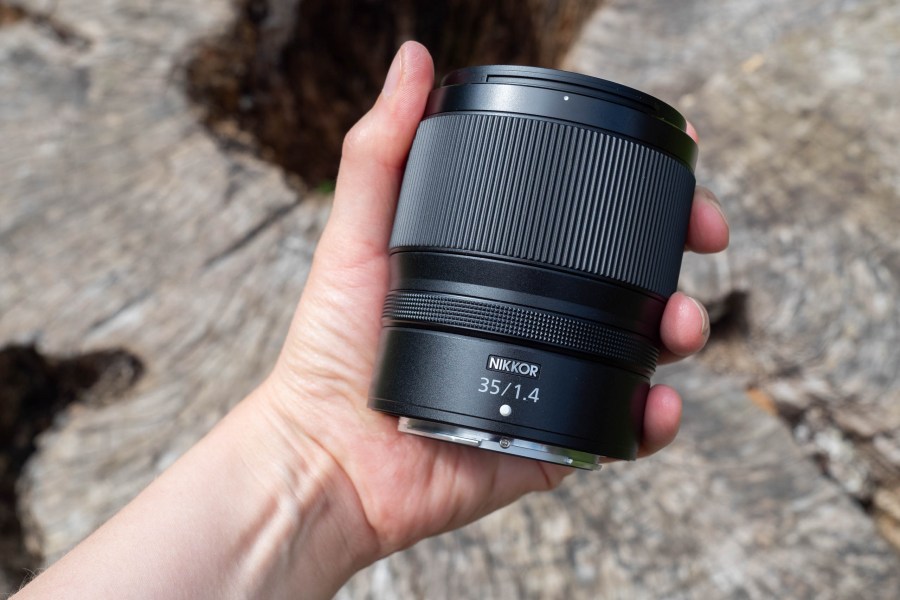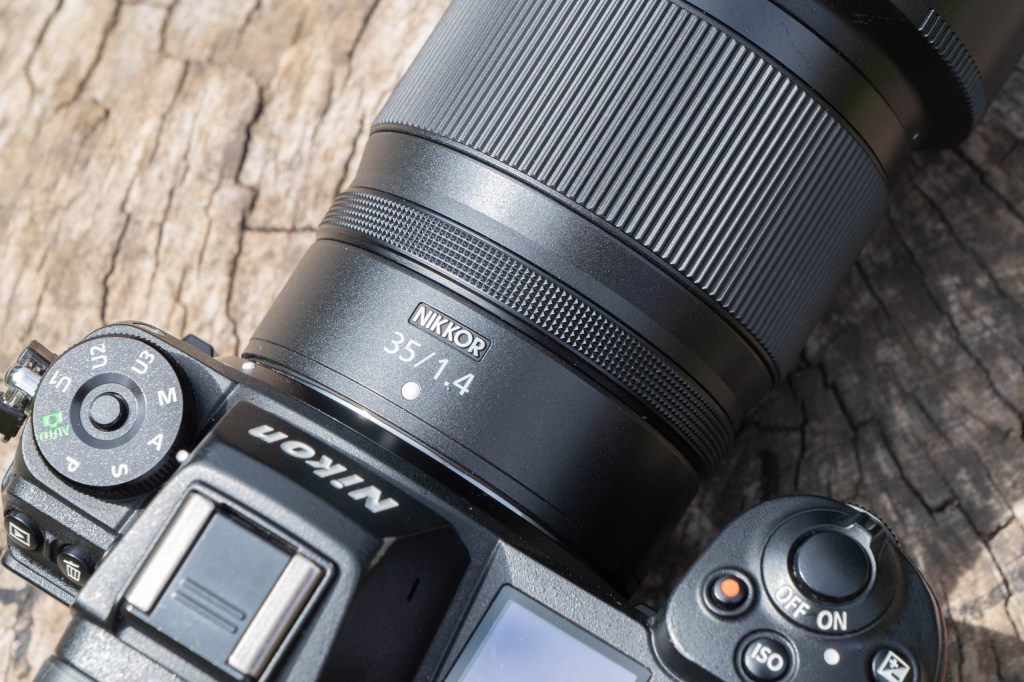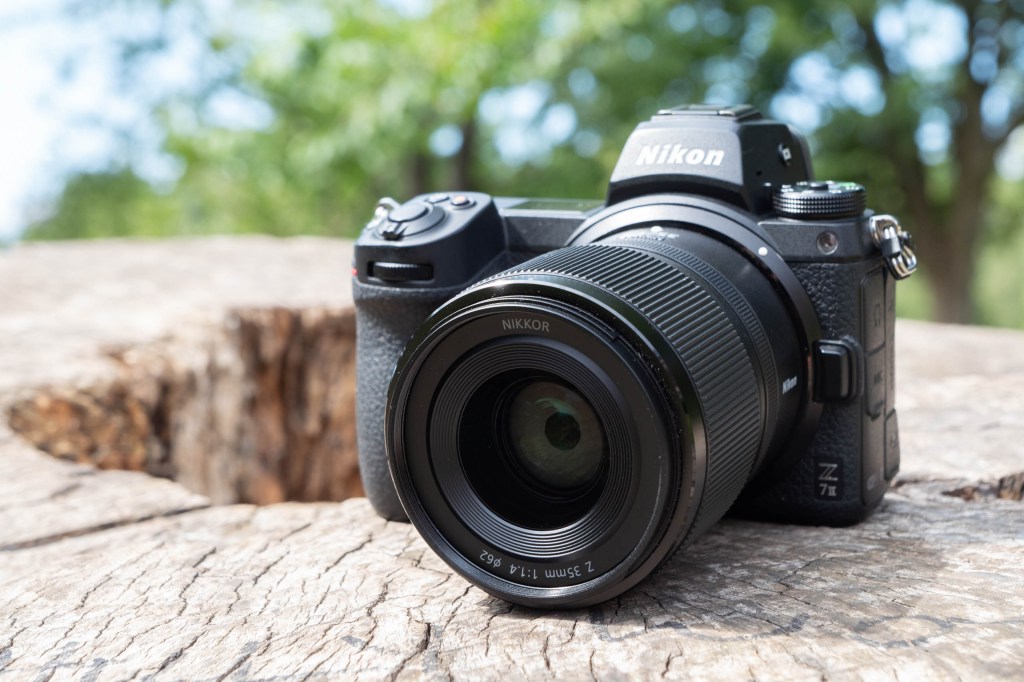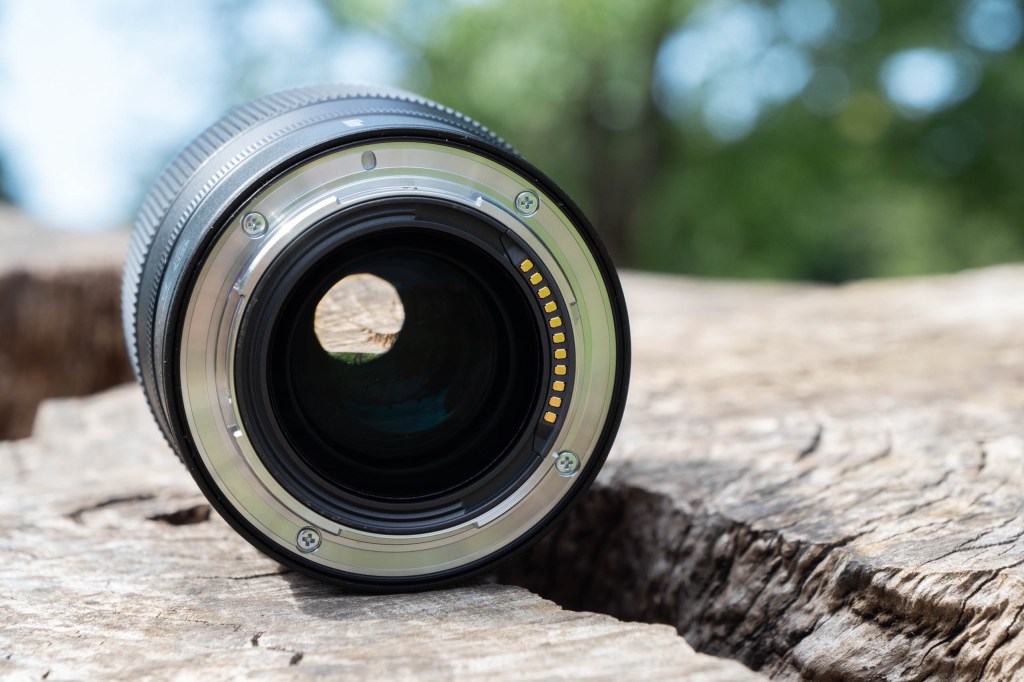Amateur Photographer verdict
Great for street photography and environmental portraits but you shouldn’t swap from the f/1.8 version as you’ll lose sharpness and image quality for only one-stop more. However it is a lot cheaper.- Fast focusing
- Good price for an f/1.4 lens
- Convenient size
- Clickless control ring
- Not as sharp 35mm f/1.8 lens
- Visible chromatic aberrations
- Not worth switching to from the 35mm f/1.8 version for most
- Fairly high price for a non “S” lens
It’s perhaps hard to believe, but the Nikon hasn’t made an f/1.4 prime lens for the Nikon Z series lens range until now, some six years after its debut. Often regarded as the sweet spot the ability to create a beautiful shallow depth of field effect and optics which are required to be large, heavy and expensive, it’s perhaps a surprise that it has taken so long.
This 35mm f/1.4 you might naturally assume supersedes the already existing 35mm f/1.8 S lens, which was launched as one of just three lenses for the Z series debut. However, both will still exist, with the older f/1.8 S actually being more expensive than its new f/1.4 sibling.
That goes against all the usual received wisdom that f/1.4 is generally better. The reason for this is the S designation, or rather lack thereof for the 35mm f/1.4 lens. Without it, we know that this is not a lens which has been designed for sharpness and maximum optical quality.
If you’ve not invested in a 35mm lens until now, you might be wondering which to get, while those who already have the f/1.8 might be pondering whether they might like to trade it in. In this review we’ll be taking a close look at what makes most sense for both 35mm newbies and those who are already in posession of one.
A classic length for street and documentary photography, a 35mm gives a fairly wide angle of view that allows for lots of the scene to be shown. It’s also therefore good for other subjects including environmental portraiture, and even some types of landscape photography. With its wide aperture its also well-suited to low light work.
At £649 this is not a cheap lens, especially considering it doesn’t benefit from the “S” designation, but, it’s significantly lower cost than the existing f/1.8 lens so that’s something to think about. That said, you might also want to consider Nikon’s other wide(ish) primes, including the Nikon Z 40mm f/2 (£299) or the Nikon Z 28mm f/2.8 (£244) if you want to save cash and aren’t necessarily desperate to have that exact 35mm, nor the f/1.4 wide aperture.
Nikon Z 35mm f/1.4 – Features
The lens is constructed of 11 elements in 9 groups (including 2 aspherical elements). This is a less complex construction than the 35mm f/1.8 lens, which although also having 11 elements in 9 groups, the f/1.8 also includes 2 ED elements, 3 aspherical elements, and elements with Nano Crystal Coating). It’s therefore no surprise to see that despite having a wider aperture, the f/1.4 and f/1.8 lenses are very close in size and weight, with the f/1.4 only being slightly longer and slightly heavier. There are 9 diapgraphm blades which help to create the bokeh (out of focus areas).
This is not a lens which is designated as a macro lens, but it has a 0.27m closest focusing distance. Bearing in mind this is from the sensor, rather than the end of the lens, it does allow for some types of close-up work. Being such a wide-angle however means you’re not going to be able to fill the frame with small subjects, such as flowers, but for showing such subjects in their wider environment it works well. The maximum reproduction ratio is 0.18x.
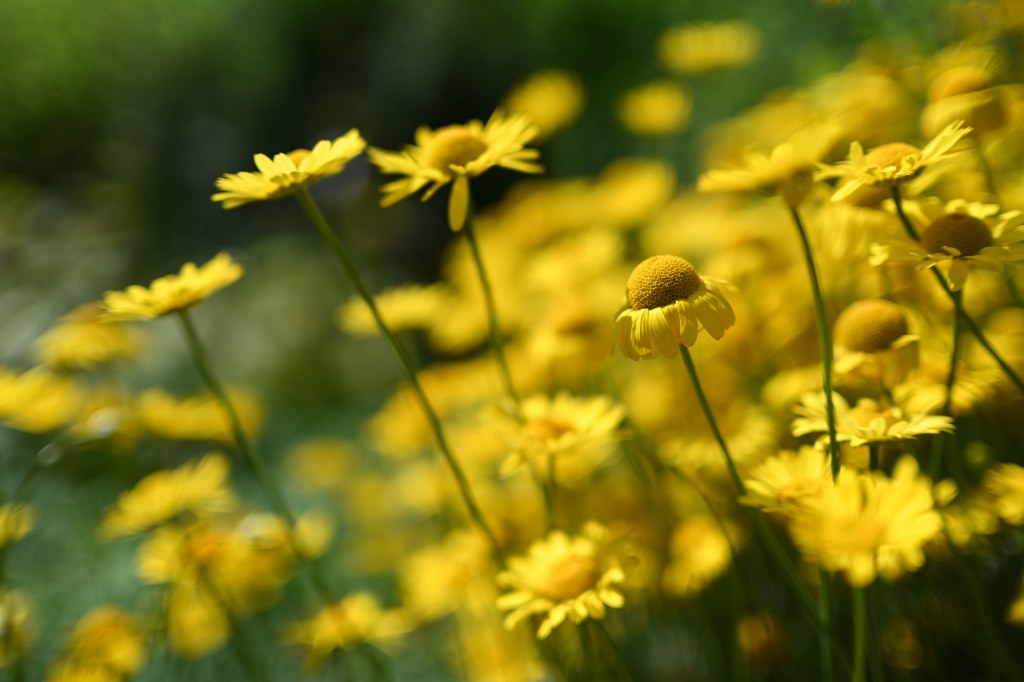
Although the lens doesn’t have any special coatings, all of the parts are sealed to provide dust and moisture resistance, so it should withstand shooting in less than perfect weather.
As already mentioned, this is not a lens which has the S (sharpness) designation. It’s also worth noting that VR (vibration reduction) is not included. That shouldn’t be a huge problem at this focal length, while all of the full-frame Z models have in-body image stabilisation (IBIS) anyway.

It’s possible of course to use this lens with an APS-C Z mount camera, such as the Nikon Z50. By doing that you’ll end up with a 52.5mm equivalent focal length, which also works well for street and portraiture.
Nikon Z 35mm f/1.4 – Build and Handling
I wouldn’t expect a lens like this to be particularly bulky and heavy, but it is fairly impressive that it’s only marginally bigger than the f/1.8 version. I imagine if a 35mm f/1.2 makes an appearance that will add considerable weight and heft, but for now, there’s no noticeable difference between using this and the 35mm f/1.8 lens.
To that end, it balances pretty well with full-frame models such as the Nikon Z7 II and the Nikon Z6 III, and feels quite light on bigger bodies such as the Nikon Z8 and the Nikon Z9.
A large ring takes up roughly half the barrel of the lens, which you can use for manual focusing. There are no hard stops at either end of the ring, but it does have a satisfying amount of give to help make fine adjustments.
There is not much in the way of outward controls on the 35mm f/1.4 lens. There is no switch to move between manual and autofocus, and there’s no custom function buttons either. One thing which is included however is a control ring, which can be set to change a number of different settings – such as aperture.
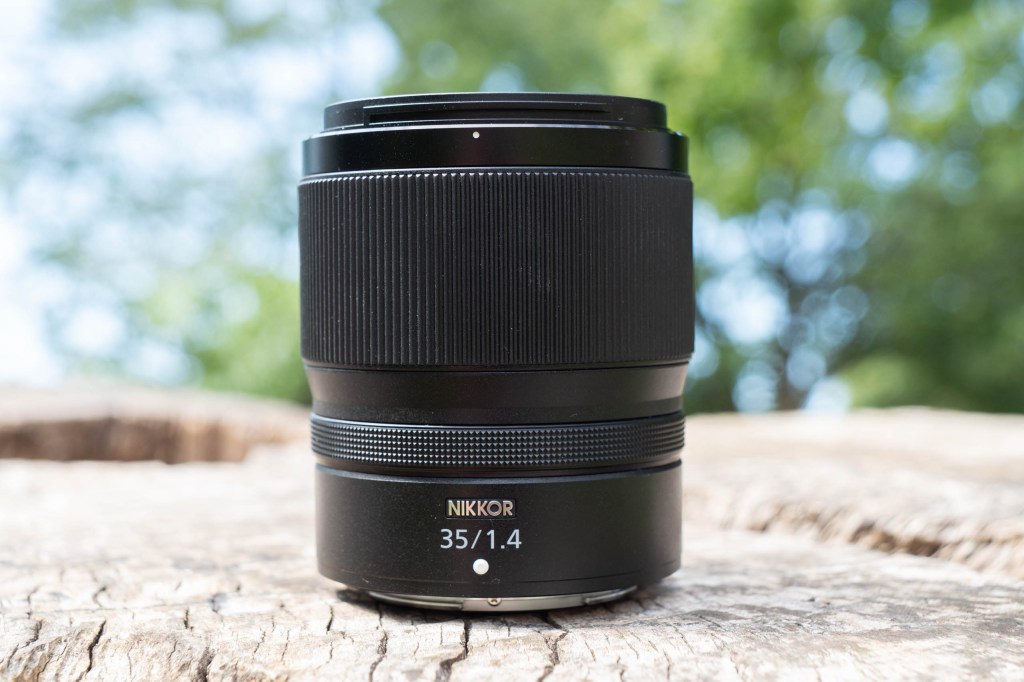
This is a difference from the f/1.8 which doesn’t have such a ring. It’s also a clickless ring, which is useful for video work – in fact it might be for this reason that anybody who primarily shoots video might choose the f/1.4 over the f/1.8 lens.
Included in the box is a HB-115 lens hood, which adds about a third of the lens length to the end of the 35mm f/1.4. It can be reversed or removed when not in use.
Nikon Z 35mm f/1.4 – Autofocus
Focusing is both quick and quiet in the vast majority of situations, sometimes depending on which body you’re using it with.
I used this lens to do a lot of street photography, where you would generally want autofocus to be as quick as possible to react to unfolding events in front of you. I used it with both the Z7 II and the Z8, with the Z8 putting in the better / quicker performance as I’d expect it to.
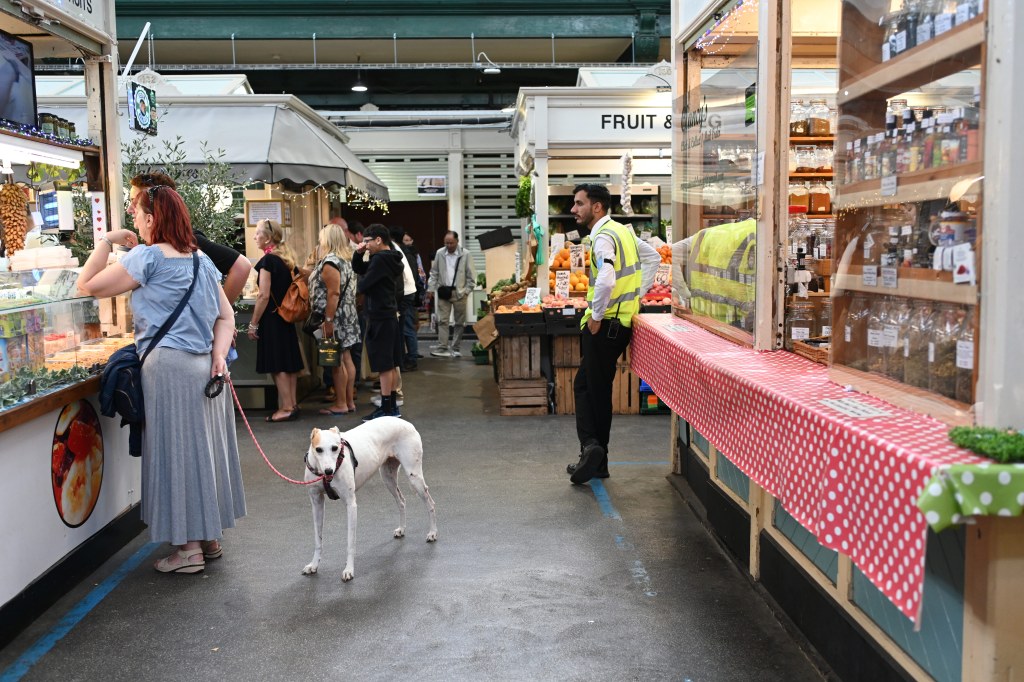
I found it helpful to switch on eye AF for quite a lot of the work I was doing. That also included shooting portraits, so that definitely made sense – when doing that, focus was pretty much spot on every single time. With street photography that could be useful but it could sometimes guess at the wrong eye.
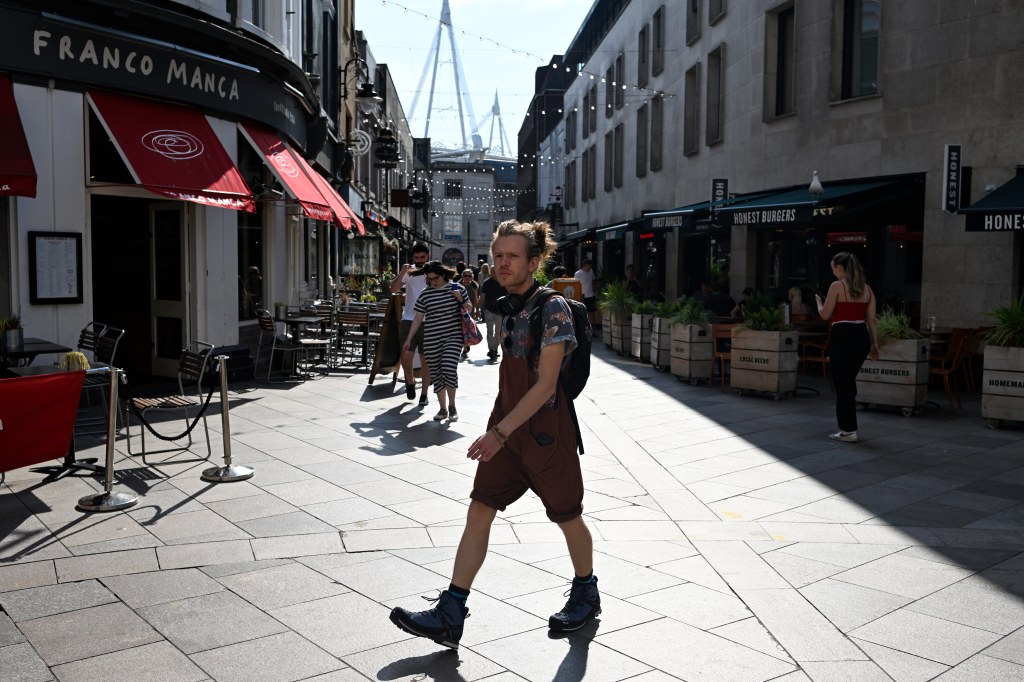
Nikon Z 35mm f/1.4 – Image Quality

Images produced from this lens are very good, with a good degree of sharpness and detail. However, with it not being an S lens, you shouldn’t expect the ultimate image quality, and it’s fair to say that the 35mm f/1.8 outperforms it in a number of ways.
The f/1.8 lens is sharper, but the f/1.4 lens also has some problems with chromatic aberration appearing in high-contrast scenarios, while the bokeh is a little rough and sometimes lens flare can be a problem.

If you already own the 35mm f/1.8 and you’re thinking that moving to the f/1.4 would be an upgrade, then it won’t be – at least in terms of general image quality. While there might be some improvements to image quality for low light shooters who can shoot at f/1.4 compared to f/1.8, on the whole, you will be worse off by trading in your f/1.8.
Now, it’s probably true that most people won’t be comparing images shot with both lenses side by side, so, if you’re mulling over which lens 35mm lens to go for the first time, the cheaper price of the 35mm might lead you to the conclusion that it’s a better purchase for you. Probably only pixel peepers will be able to spot a major difference in your pictures, so if you’d rather save the cash at the expense of the finest image quality, it makes a lot of sense.
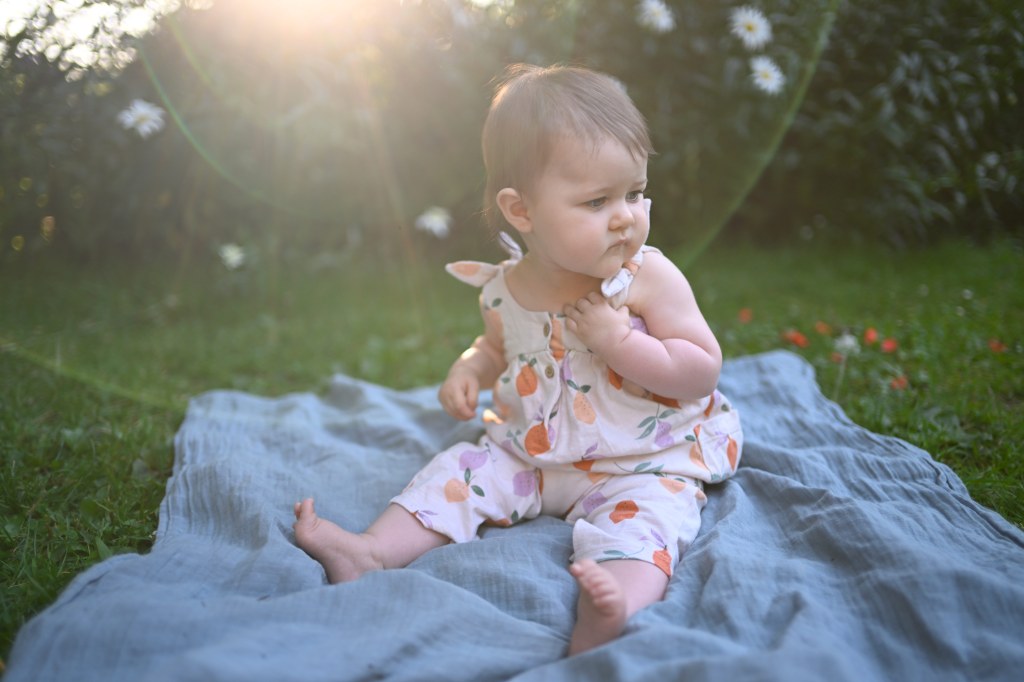
Lens flare can be a problem for any lens, but a lens such as this without any special coatings makes it more prone to it. As it happens, I quite like the effect on this image of my daughter, but the flare comes at the expense of good contrast and detail. Moving the camera just slightly out of the direct sunlight leads to a much better result.
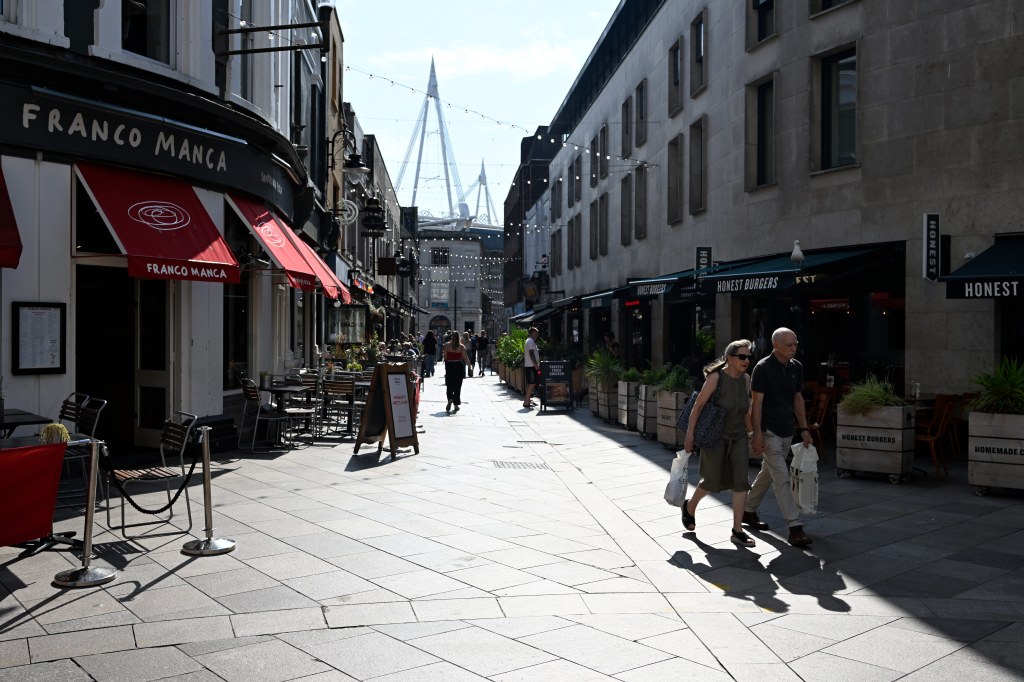
Here I can also see there’s some noticeable chromatic aberration visible in the spires of the stadium in the back of the shot. Arguably it’s only noticeable because I’ve pointed it out to you, but it’s unlikely you’d see the same thing happening with the f/1.8 lens. That said, this was a particularly bright day, so it would be a challenge for many optics.
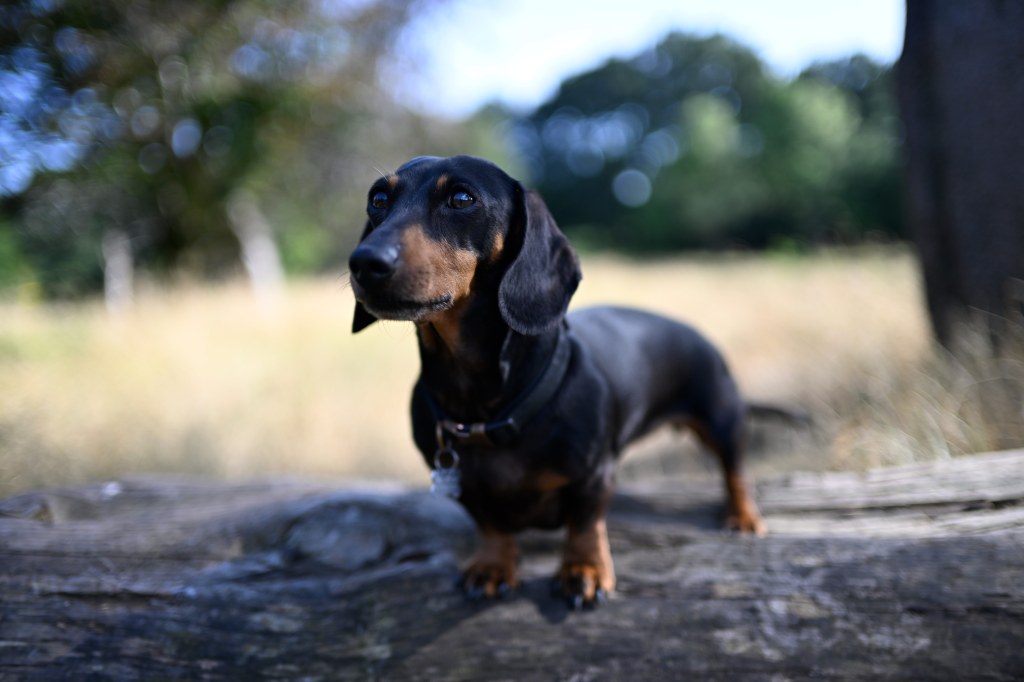
Taking a look at the bokeh here. This is quite a subjective opinion, but while this is reasonably attractive, there is nicer available out there. But, for a 35mm lens at a lower price point, it’s not too bad.
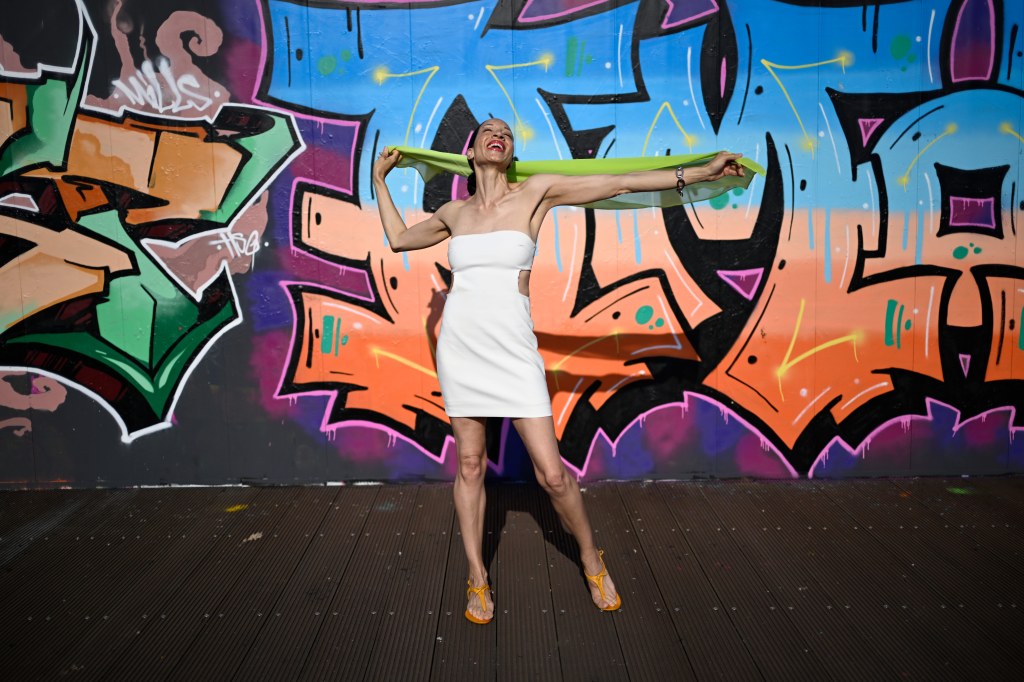
With the built-in lens correction applied, I can see no particular problems with unattractive vignetting, even when shooting at f/1.4 and with subjects that would make it obviously apparent.
Nikon Z 35mm f/1.4 – Verdict
Overall, there’s a lot to like about the Nikkor 35mm f/1.4 lens. It might not be the cheapest or the sharpest, but it offers a good compromise between the two for those who are fans of this particular focal length.
It’s perhaps surprising that it’s taken Nikon so long to produce a f/1.4 lens for the Z series. The latest available roadmap for Nikon lenses doesn’t show any further f/1.4 lenses, but, almost everything from that roadmap has now been released so there’s presumably some completely new lenses to come that we don’t yet know anything about.
It would probably make sense to make a series of other primes at this mid-range point, with 50mm f/1.4 and 85mm f/1.4 lenses being obvious contenders.
The important thing to remember about the 35mm f/1.4 lens is that it is not a replacement for the 35mm f/1.8 lens. In fact, in several ways, it is inferior. Don’t be fooled into thinking that a wider aperture must mean better – in this case it doesn’t. The f/1.8 is sharper and has fewer optical problems – but you will pay a price premium for that so it’s fair enough.
If you already own the 35mm f/1.8 lens, I definitely wouldn’t trade it for the 35mm f/1.4 lens, except with the caveat that if you do a lot of low light work, or perhaps video work, then it might just about be more appropriate. However, if you’re buying a 35mm for the first time and are struggling to choose between the two, go for the f/1.4 if you’d rather keep the spare cash for something else, but the f/1.8 if you want the best optical quality possible.

Specifications
| Price | £649 |
| Filter Diameter | 62mm |
| Lens elements | 11 |
| Groups | 9 |
| Aperture | f/1.4-f/16 |
| Min Focus | 0.27m |
| Length | 86.5mm |
| Diameter | 74.5mm |
| Weight | 415g |
| Lens Mount | Nikon Z |
| Included accessories | Lens cap, rear cap, lens hood |
Related reading:
- Nikon Nikkor Z 85mm f/1.2 S Review
- Nikon Nikkor Z 85mm f/1.8 S review
- Best Nikon mirrorless cameras to buy now
Follow AP on Facebook, Twitter, Instagram, YouTube and TikTok.

